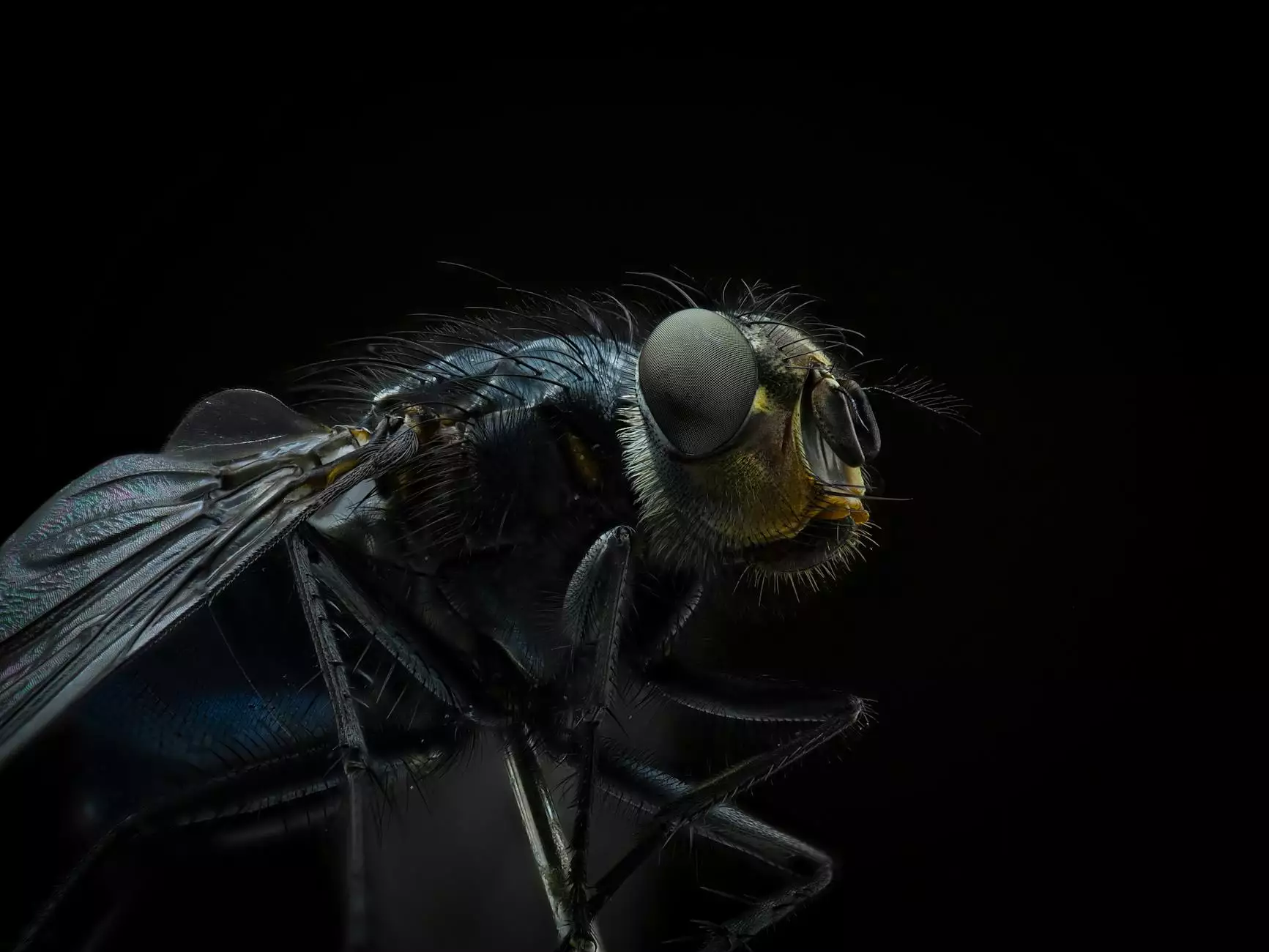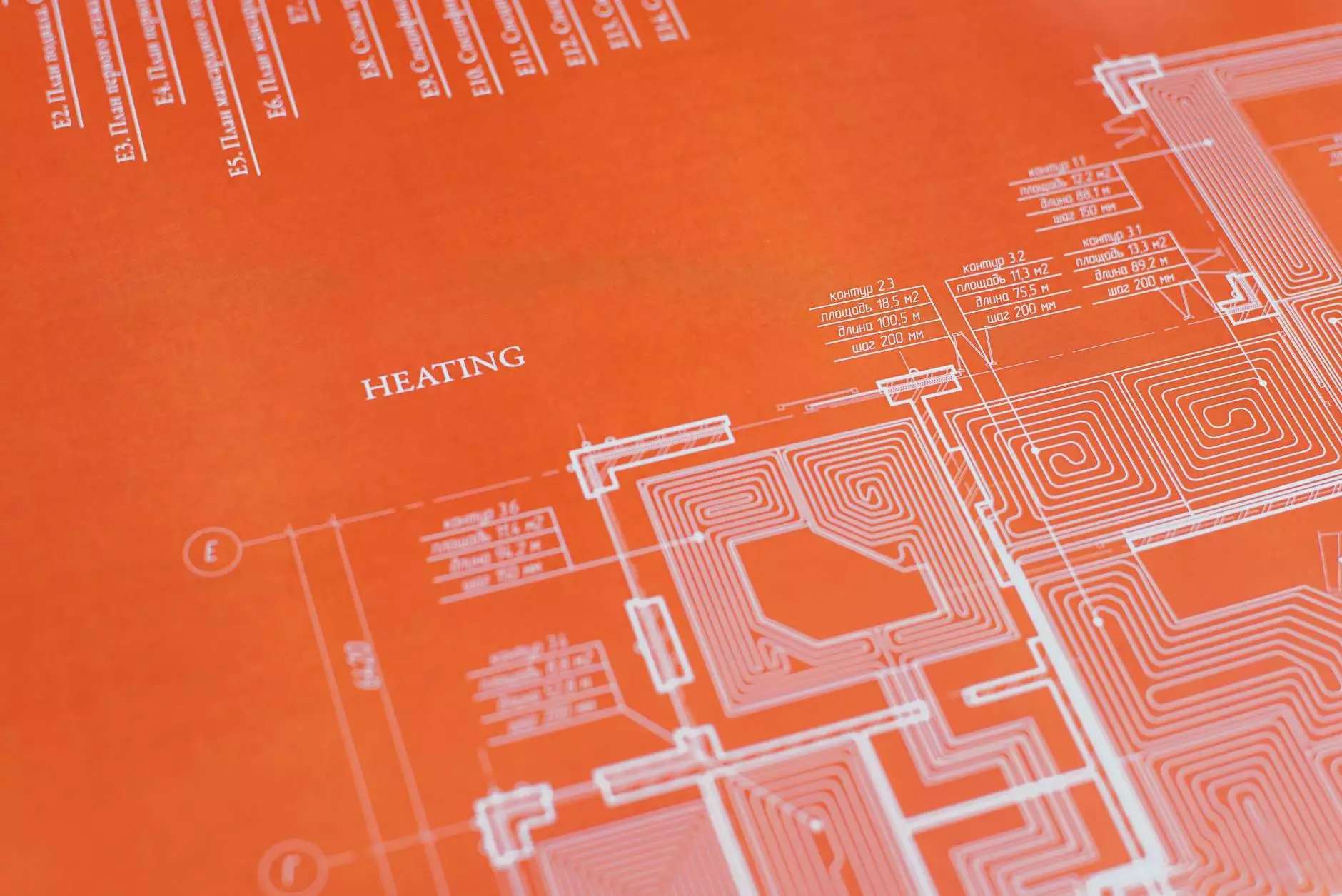Effective Control of Rice Weevil: Ensuring Farming Success

The control of rice weevil is essential for every rice farmer aiming to maintain the quality and yield of their crops. This pest not only threatens the integrity of stored rice but can also significantly impact overall agricultural productivity. In this comprehensive guide, we will explore effective methods, preventive strategies, and best practices to combat this pervasive pest.
Understanding the Rice Weevil
The rice weevil (Sitophilus oryzae) is a small beetle that is a notorious pest in grain storage. Characterized by its elongated body, this insect is approximately 2.5 to 4 mm long. Adult rice weevils are capable of flying, making them adept at spreading through grain warehouses and fields.
Life Cycle of the Rice Weevil
Understanding the life cycle of the rice weevil is crucial for effective control:
- Egg Stage: Female rice weevils lay approximately 300 eggs within grains.
- Larval Stage: Eggs hatch into larvae that burrow into the grain, feeding and growing for about 2 to 4 weeks.
- Pupal Stage: After the larval stage, they pupate inside the grain, transitioning to adults.
- Adult Stage: Emergence occurs after a couple of weeks, and the cycle repeats.
The Importance of Control in Rice Weevil Management
Effective management of the rice weevil is essential not only for maintaining the quality of stored grains but also for ensuring that farmers achieve maximum productivity. Left uncontrolled, these pests can devastate stored crops, leading to substantial economic losses. The following section outlines specific strategies to combat this threat.
Preventive Measures for Rice Weevil Control
Prevention is always better than cure. Implementing preventive measures can significantly reduce the likelihood of rice weevil infestation.
1. Thorough Cleaning of Storage Areas
Regular cleaning of storage facilities, including vacuuming and sanitizing silos and bins, can remove any residual grains that might harbor weevil eggs or larvae.
2. Proper Grain Handling
Ensure that grains are handled carefully during harvest and storage to minimize damage to grains, as damaged grains are more susceptible to infestations.
3. Utilize Insect-Resistant Varieties
Consider using rice varieties that are known to be resistant to pests. This genetic resistance can help lessen the impact of infestations.
4. Monitor Temperature and Humidity
Rice weevils thrive in warm, humid environments. Keeping storage areas cool and dry can create an inhospitable environment for these pests.
Active Control Strategies
If preventive measures fail, active control strategies become necessary to mitigate the impact of rice weevils.
5. Chemical Insecticides
Using approved chemical insecticides specifically designed for rice weevils can effectively manage infestations. However, it is crucial to follow all regulations and safety guidelines during application.
6. Biological Control Options
Introducing natural predators can be a sustainable option for managing rice weevil populations. For example, certain species of parasitic wasps can help control weevil populations.
7. Traps and Monitoring
Setting up pheromone traps can help monitor the presence of rice weevils. This can guide farmers in determining the timing and methods of intervention.
The Role of Technology in Weevil Management
Modern technology provides innovative solutions for the control of rice weevil. Smart monitoring systems can help farmers track environmental conditions and pest populations, allowing for timely interventions.
1. Digital Pest Management Tools
Several applications and platforms now enable farmers to log pest sightings and receive advice on pest control based on regional data.
2. Automated Temperature Control Systems
Automated systems can regulate the temperature and humidity in storage areas, creating an unwelcoming environment for pests.
Integrated Pest Management (IPM) Approaches
Implementing an Integrated Pest Management (IPM) strategy allows farmers to combine different control methods for a more sustainable solution. This holistic approach includes:
- Monitoring for pest populations and their impacts.
- Prevention tactics to keep the pest out.
- Control tactics using biological, cultural, mechanical, or chemical methods as needed.
Conclusion: The Path Forward for Farmers
The control of rice weevil is a fundamental aspect of effective crop management and storage. By implementing preventive measures, employing active control strategies, and leveraging technology, farmers can significantly mitigate the risks posed by rice weevils. The future of sustainable farming relies on our ability to manage pests responsibly while preserving the environment and fulfilling our agricultural goals.
Final Thoughts
As we face ongoing challenges in agriculture, understanding the control of rice weevil and adopting comprehensive pest management strategies will be key to fostering resilience and sustainability in farming operations. The journey of optimal farming success starts with informed decisions and proactive measures.
Resources for Further Learning
For additional insights and expert advice on pest control and farming best practices, consider the following resources:
- Articles of Wheat - A great resource for pest management tips.
- Farming Technology - Stay updated on innovative farming technologies.
- Agriculture and Pests - Comprehensive guides on pest control strategies.
Contact TSGC Inc. for Business Solutions
If you are seeking expert assistance with farm equipment repair or looking for high-quality farming equipment, visit us at TSGC Inc.. We are committed to supporting farmers through every challenge, ensuring your success in the agricultural industry.









